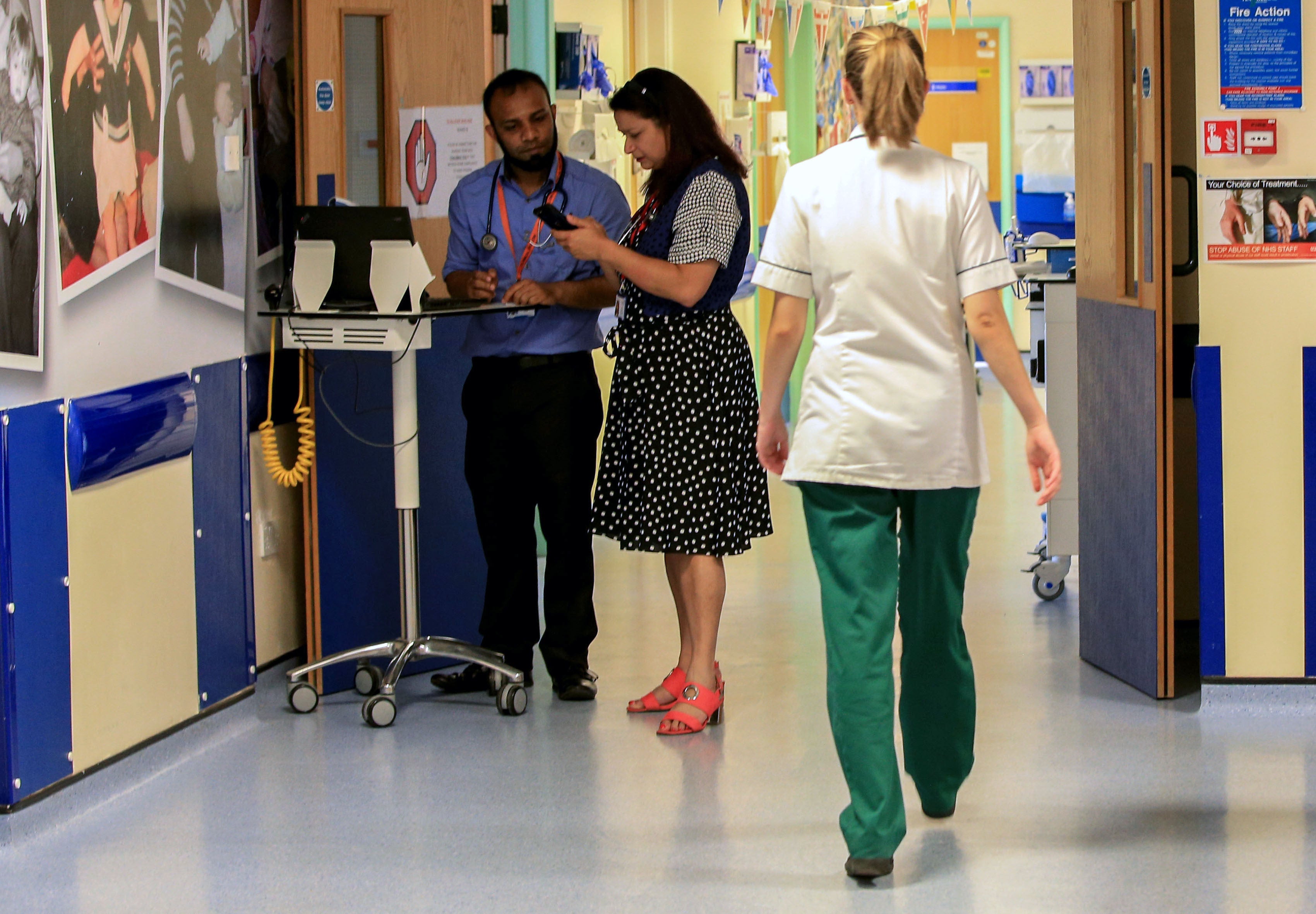Deteriorating NHS buildings lead to jump in patient incidents as repair bill hits £9.2bn
Thousands of patients hit with delays and put at risk of harm by poor buildings and faulty equipment

Your support helps us to tell the story
From reproductive rights to climate change to Big Tech, The Independent is on the ground when the story is developing. Whether it's investigating the financials of Elon Musk's pro-Trump PAC or producing our latest documentary, 'The A Word', which shines a light on the American women fighting for reproductive rights, we know how important it is to parse out the facts from the messaging.
At such a critical moment in US history, we need reporters on the ground. Your donation allows us to keep sending journalists to speak to both sides of the story.
The Independent is trusted by Americans across the entire political spectrum. And unlike many other quality news outlets, we choose not to lock Americans out of our reporting and analysis with paywalls. We believe quality journalism should be available to everyone, paid for by those who can afford it.
Your support makes all the difference.Crumbling NHS buildings, leaking roofs and faulty equipment have led to a 15 per cent jump in incidents affecting patient care in NHS hospitals, new data has revealed.
According to statistics from NHS Digital the maintenance backlog for more than 200 hospital trusts and ambulance services has now reached £9.2bn, with repairs classed as “high risk” increasing by almost 5 per cent in a year to £1.6bn.
According to the data, the number of clinical service incidents – where care for at least five patients is delayed or cancelled because of power failures, sewage leaks, or equipment failures – has jumped 15 per cent in 2020-21 to a total of 6,812.
There have been 12,896 separate incidents of patient harm or safety risks reported by NHS staff where the hospital’s physical structure or equipment was to blame.
There were 1,600 reports to the Health and Safety Executive where incidents led to patients or staff suffering an injury as part of the Reporting of Injuries, Diseases and Dangerous Occurrences Regulations.
Since 2010 the NHS maintenance backlog has been growing as a result of repeated moves of funding out of the NHS capital budgets to support day-to-day spending, with hospital buildings suffering as a consequence.
In August, an intensive care unit at Queen Elizabeth Hospital in King’s Lynn had to be evacuated over fears its roof could collapse.
The Norfolk hospital has warned of a “direct risk to life and safety of patients” from a “catastrophic failure of the roof” which is beyond its planned lifespan.
North West Anglia NHS foundation trust has warned the poor condition of operating theatres at Hinchingbrooke Hospital in Cambridgeshire could derail its surgical waiting lists, while other hospitals have had to cancel surgeries following rat infestations or after fires which triggered electrical faults.
Saffron Cordery, deputy chief executive of NHS Providers, which represents hospital trusts, said: “Today’s figures underline yet again the need for a multi-year NHS capital funding settlement to improve access to treatment, bear down on the backlog of care and transform services.
“We have argued for several years that the NHS needs wide ranging investment across its estates and facilities in hospitals, mental health, community and ambulance services to tackle the alarming maintenance backlog – which now stands at £9.2bn. This is vital to ensure NHS buildings and equipment are safe, efficient and reliable.”
In a briefing ahead of the chancellor’s spending review, NHS Providers called for an extra £1.5bn in capital spending by 2024-25 as an absolute minimum.
Ms Cordery added: “We welcomed the government’s recent announcement of increased revenue funding for the NHS, but this will not deliver the desired improvements without appropriate capital expenditure.
“As we reach the final, critical stages of negotiations on the spending review, it’s vital the government heeds trust leaders’ warnings and gives the NHS the capital investment it so desperately needs”.
The government has increased capital spending on the NHS in 2021 to £5.8bn and has pledged to rebuild 48 hospitals as part of its health infrastructure plan. The NHS was given an extra £500m for the second half of this year specifically for capital spending to help support the delivery of routine surgery this winter.
Join our commenting forum
Join thought-provoking conversations, follow other Independent readers and see their replies
Comments